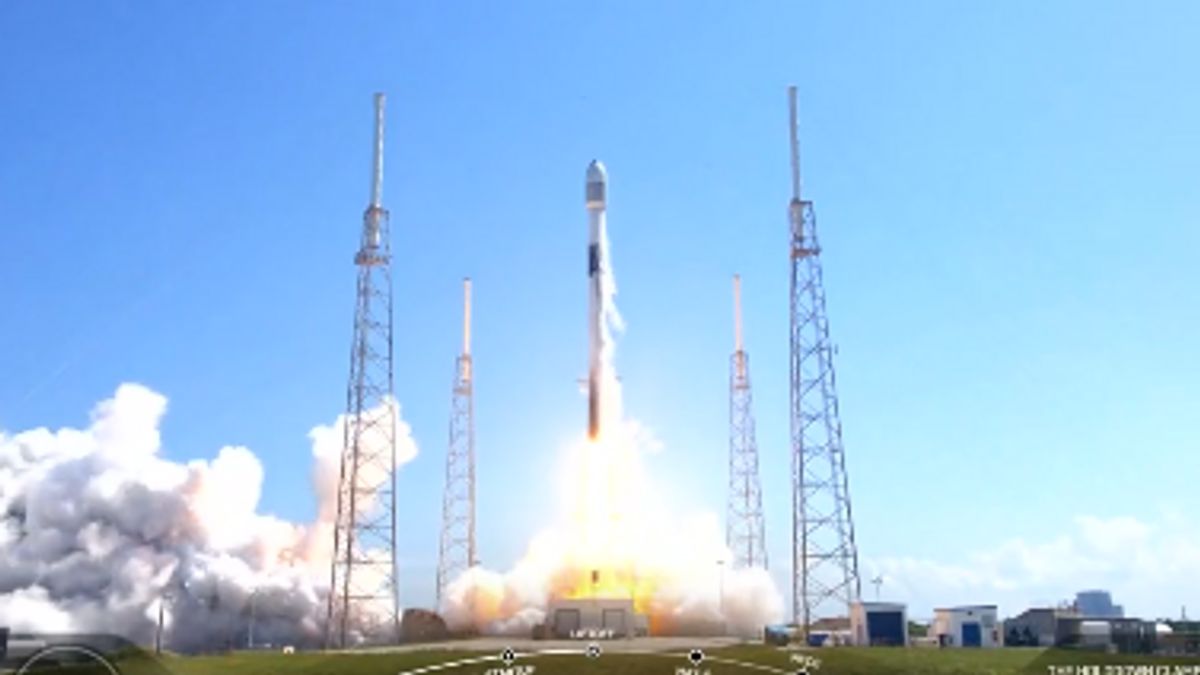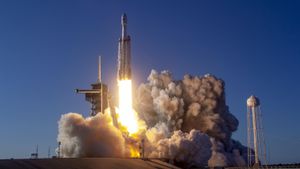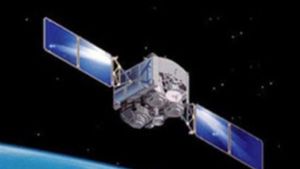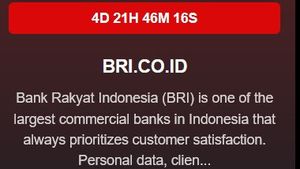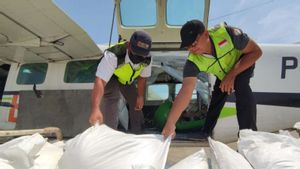JAKARTA - SpaceX has successfully launched another satellite into space. The last 53 Starlinks were launched into orbit on Friday 19 August using a Falcon 9 rocket to take this internet satellite into space.
The rocket took off from the Cape Canaveral Space Force Station in Florida at 3:21 p.m. ET, August 19 (or 02.21 a.m. GMT+7, August 20).
The flight was the thirty-seventh orbit launch for this Falcon 9 rocket and the fifty-seventh Starlink launch and maintained a record-breaking launch rhythm for the Elon Musk company.
Liftoff! pic.twitter.com/6CExPZZHwc
— SpaceX (@SpaceX) August 19, 2022
Despite a 50 percent chance of bad weather however, the launch happened without incident on a slightly overcast day.
It also marked the 130th landing of the Falcon 9's first stage and the 175th overall launch for SpaceX. Both are important milestones for the more affordable, reusable rocket that Musk's company has pioneered.
The first phase booster supporting this mission previously launched GPS III Space Vehicle 04, GPS III Space Vehicle 05, Inspiration4, Ax-1, Nilesat 301, and three Starlink missions.
Falcon 9’s first stage has landed on the A Shortfall of Gravitas droneship pic.twitter.com/uTqAuysTAh
— SpaceX (@SpaceX) August 19, 2022
After delivering 53 Starlinks, the rocket's first stage made a safe landing on the 'A Shortfall of Gravity' drone in the Atlantic Ocean off the coast of Florida.
The space-based internet satellite constellation has more than 3.000 satellites transmitting high-speed, low-latency broadband to subscribers in 38 different countries.
The Starlink network now has more than 400.000 subscribers worldwide, and currently costs USD 110 per month with a one-time equipment cost of USD 599.
The Falcon 9 is a reusable two-stage rocket that has successfully transported people and payloads into Earth orbit and beyond.
SEE ALSO:
Ease of use and lower costs are key components of Musk's overall vision to enable humans to travel to Mars and become a multi-planetary species.
The plan is to use SpaceX's massive Starship rocket to carry large numbers of humans to and from the Red Planet in the future.
In July, SpaceX expanded its Starlink internet service to oceans, rivers and lakes. They even helped Ukrainians stay connected to the internet, even though the infrastructure was destroyed by Russia.
Starlink Maritime is also available and the company is targeting superyacht owners, oil rigs and merchant vessels as potential customers. The service has an upfront hardware fee of $10.000 for two 'rugged' Starlink platters and the regular fee will run up to $5.000 per month.
The English, Chinese, Japanese, Arabic, and French versions are automatically generated by the AI. So there may still be inaccuracies in translating, please always see Indonesian as our main language. (system supported by DigitalSiber.id)
